Collecting vintage Tennis racquets (rackets) is a wonderful hobby which has been expanded considerably thanks to Ebay. Racquets never seen in Australia can now be purchased and the array of brands and designs is quite staggering. To appreciate the subject we recommend you find a copy of Siegfried Kuebler’s book “The Book of Tennis Rackets”. It is a wonderful testament to the first racquet makers through to the 1990′s. More updates are planned, and presented here are some unusual designs that have broadened the horizon of shape, function, stringing and look. One of the most significant developments in tennis racquet design has occurred due to the new construction materials such as graphite. This has allowed designers to explore a variety of shapes and string surface areas, the latest being 137sq in. 32 inch, (then reduced to 28″ Gamma BIG BUBBA) that earlier wood materials could not withstand.
Some people like paintings, racquet collectors enjoy the skill of fine workmanship in wood, unusual designs and special effects in the very same way and artistically, look sensational along any wall.
This gallery includes racquets made all round the world from the early 1920′s to 2005. Please also see some modern unusual racquets under a separate heading and you will see more unusual designs, such as the variety of wooden handles under other sections devoted to very early and other style wood racquets, strings etc.
Hazell Streamline UK 1930′s
Made popular by Henry Wilfred “Bunny” Austin who played with these at Wimbledon.
Way ahead of their time, models were also produced for squash and badminton. Models were differentiated by coloured star logos and you may well find green, red, blue and white star examples all of which are very expensive.
Grays, famous even today for their Royal Tennis racquets acquired Hazell and produced a STREAMLINE version themselves in the 1970′s, also shown above.
In 1937, at around the same time, a very similar looking Snauwaert Triumph model hit the market in possible contravention of Hazell’s patent. Donnay made one in this style in the 1950′s called the Court King.
Lillywhite & Frowd TwinShaft (1935) Andreef Open Throat (1950′s)
In addition to the Hazell, other wooden innovations were tried including by Frank Donisthorpe of Hazell fame an oversize frame he used at Wimbledon.
Frank Donisthorpe also designed a Spanish made open throat model in the mid 1930′s called SPEEDBAT and while we have ads an actual example has not yet surfaced.
Darsonval (France) made some wonderful models throughout the 1930′s.
These split shaft models and even the contoured finish on the standard racquet ooze quality.
In America some models in the 1930′s began to use a celluloid finish for enhance decoration and these three include, Bentley, Draper Maynard & Godfrey NY
Hillman Herbert Cooper
‘Premier’ Model 1886
Patented tension adjustment system where a leather cord is tightened within the butt cap area.
In addition, a steel racquet which may well be one of the earliest.
The company was most well known for bicycle manufacture. A very rare item.
Thanks to US Collector, Randy Crow for the photos and history.
Patent # 346 751
As shown in Siegfried Kuebler’s book page 512. In Jeanne Cherry’s book she cites the earliest metal racquets to a Scottish company called the Metallic Racquet Corp. c 1887.
Craven Adjuster-tite 1928
(very rare)
A very early invention to change the string tension. Designed and patented by Edward Craven, the license was sold to Wilson, Magnan, Kent and Draper Maynard.
As you can see the butt cap permits the internal rod to be tightened or loosened.
Despite a few companies offering such technology, examples are scarce owing to the lack of uptake by customers.
Patent 1927 # 1 663 039
As shown in Siegfried Kuebler’s book page 539
Craven Proto-type 1929-1931
(very rare)
While known for the Adjuster-tite method, this design was patented in 1933 by Jacob Kleinmann. The crescent shape would wind down into a slot in the throat.
We are unsure if this ever made into production, but the International model name is a Craven racquet and we suspect they worked on a version.
Patent Application 1929 Given 1933 # 1 912 942
As shown in Siegfried Kuebler’s book page 546
Dayton USA 1922 – 1990′s
One of the first metal head/wood handle combinations. They were strung with piano wire. The factory made this product almost without change, including the wood handles up to 1995.
From Randy Crow, USA collector, comes this valuable research information.
1.If the butt cap has “Dayton Ohio” printed on it, it was made between 1923 and 1934.
2.If the plastic butt cap says “Arcanum O” and the throat doesn’t have the three-racquet logo, it dates from 1934-1974.
3. If the racquet has a logo of three stylized racquets on the throat, it was made after 1974.
There were plenty of models and colours so whilst available the trick is to find them in good condition with not to much rust or paint loss and learn how to differentiate the age of various models.
They were sold in Australia late 1922 and used by Gerald Patterson and Pat O’Hara Wood in local tournaments over 1923/1924. Some of the famous French musketeers visiting Australia in 1929 also were introduced to them by Patterson on a drizzly day at Royal South Yarra Tennis Club.
So rather than importing them from the USA, some lucky collectors may find some local delivered examples.
Please note that the Birmal, below, was also sold in Australia.
Birmal Aluminium c1923 UK
An all metal, steel strings racquet, which appeared at around the same time as Dayton in the USA. Originally with the pictured cord grip they eventually moved to a wrapped leather grip. These racquets were sold in Australia in the mid late 1920′s and included in an ad from the Northern Territory on the basis of hot humid conditions and a 1927 McEwans catalogue at a mid price point of 55 shillings compared to 95 shillings for the best wood racquets. This is example was acquired from Australia whereas most are seen from the UK.
Silver Fox UK c 1930′s
Potentially the first stainless steel metal racquet with a wood combination. Dayton used carbon steel.
A patent number printed with the logo cannot be confirmed as being correct.
Maybe a dummy patent was a good marketing idea back then?
See Arco stainless steel racquets to read about the first full frame welded stainless steel racquet invented in Australia in the mid 70′s
‘Allo ‘French Prototype c1940′s
Solid cast aluminium. Might be a one off. Found in a full length Allo bag. Allo were making weapons and car parts c 1940′s and had made wooden racquets from about 1900. The workmanship in the casting is extraordinary and you can see the string waves in the throat and the guides on the inside of the racquet. The strings sit in a protected channel around the frame which deepens at the top where most damage occurs.
A lot of thought has gone into this.
Spalding and Wright & Ditson 1930′s (USA)
The US firm produced an Aluminium head wood handle model under a few model names including DURALITE.
PRO AM early 1970′s (USA)
Commenced production of a fully cast Magnesium model racquet under the Centurion brand which then converted to an Aluminium edition under Pro Am.
The Pro Am has twin cross beams.
Designed by Tom Galich and used by Francoise Durr in events around 1973.
Single piece casting with an alloy construction and hollow handle. Not a rivet in sight.

Dunlop Twin shaft 1969
Very retro design steel shaft model used by Torben Ulrich in various events.
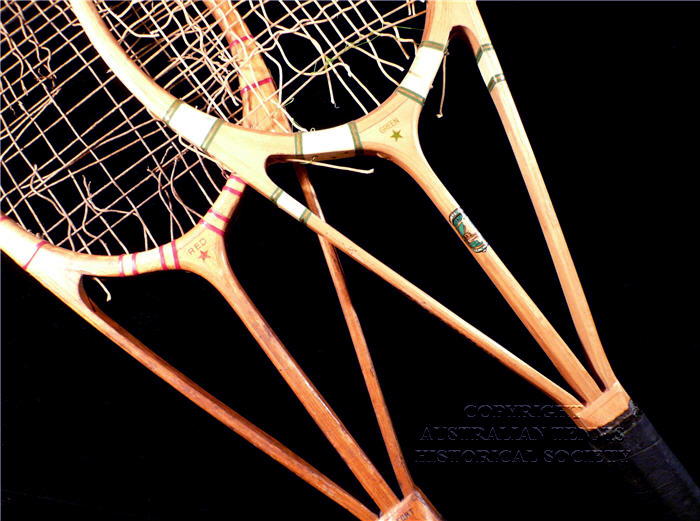
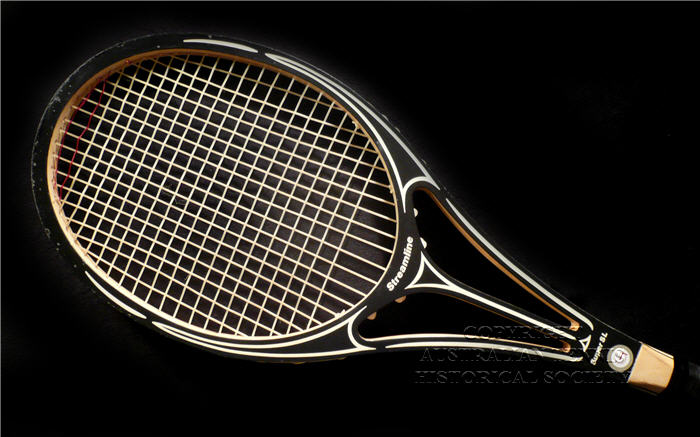
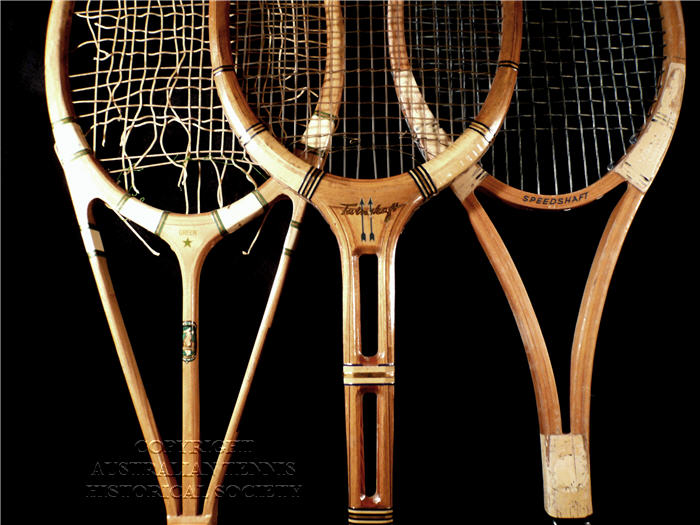
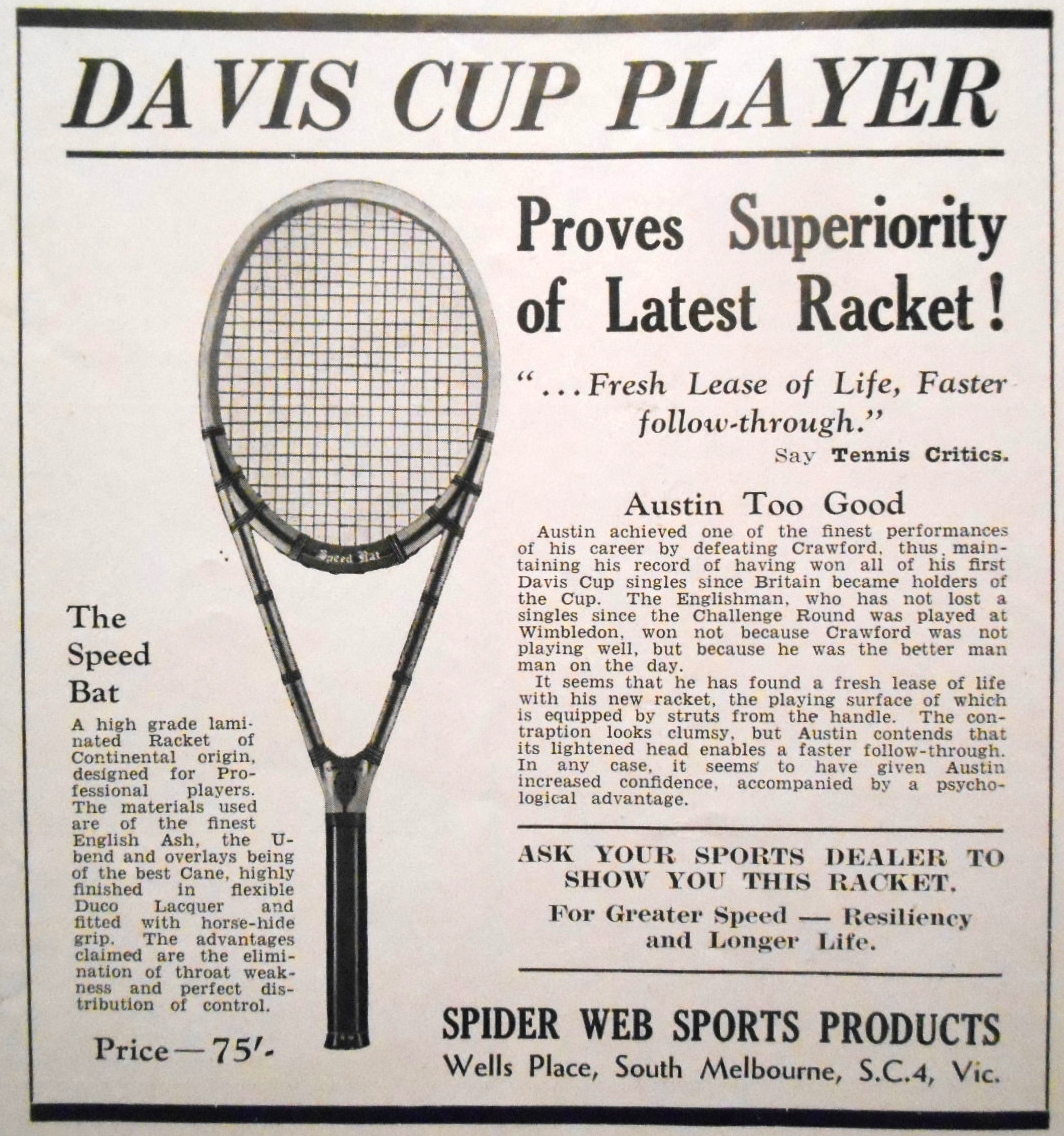
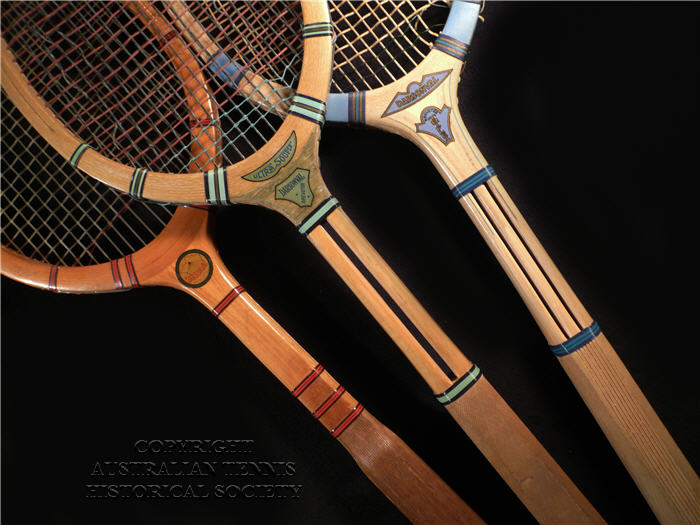
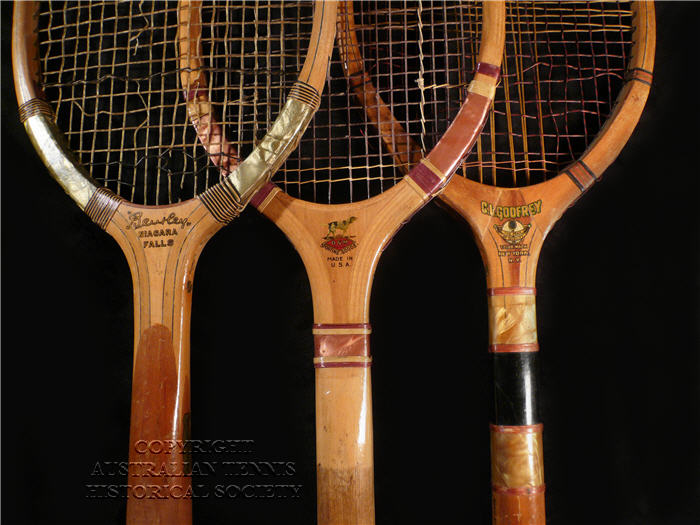
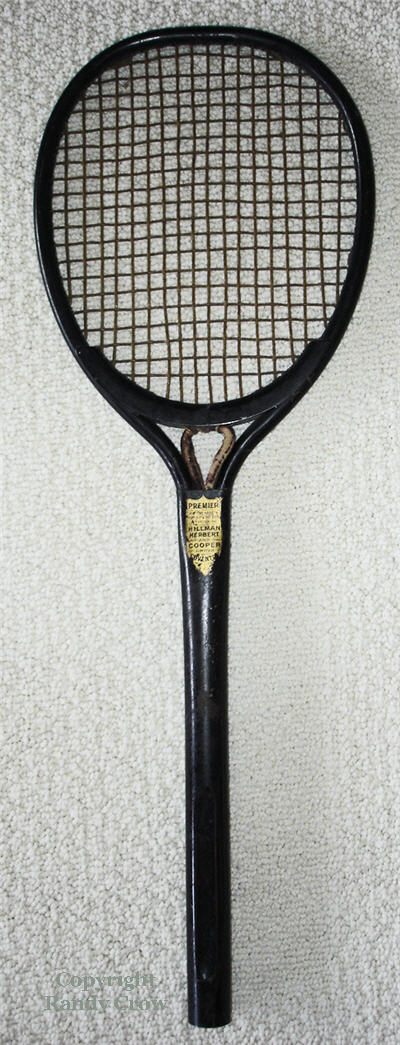
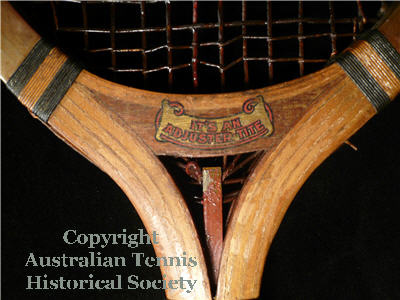
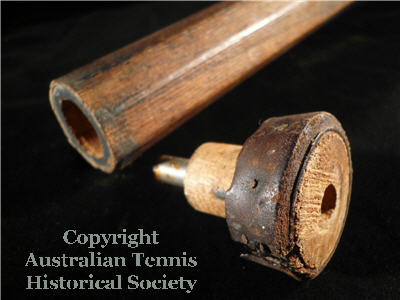

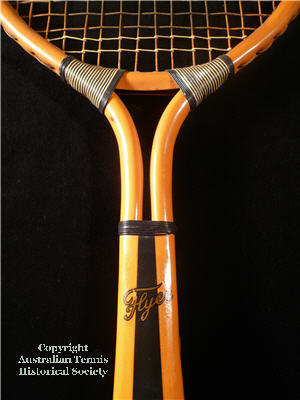
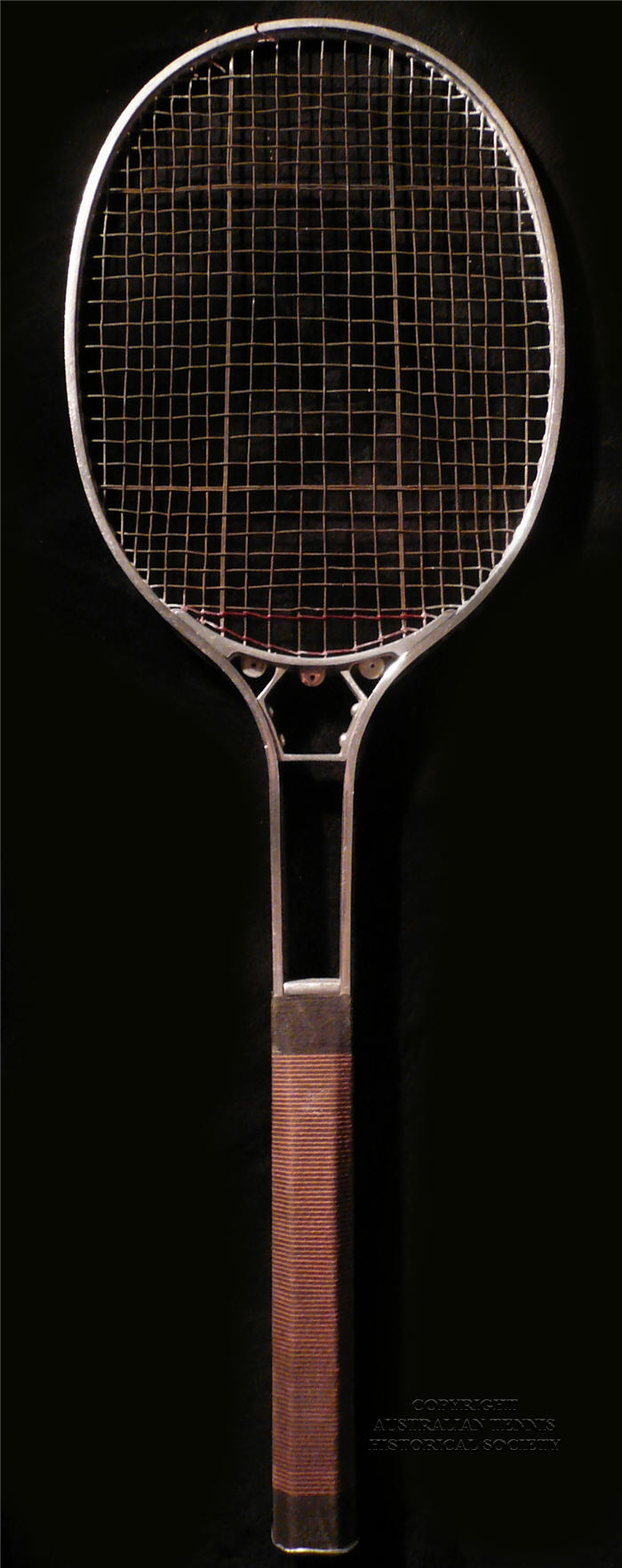
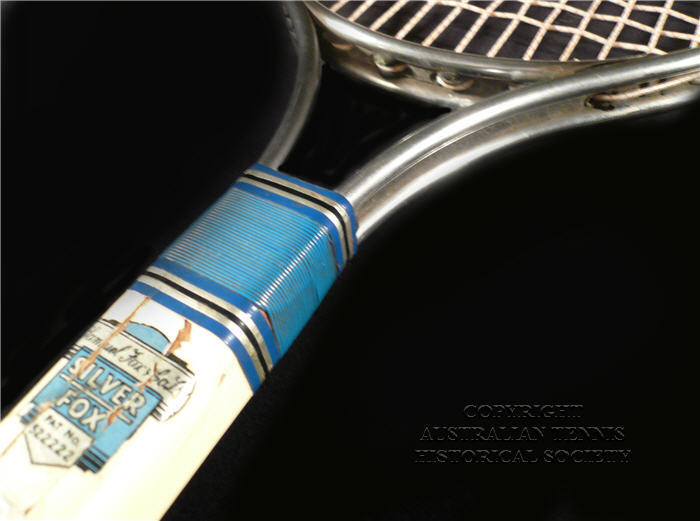
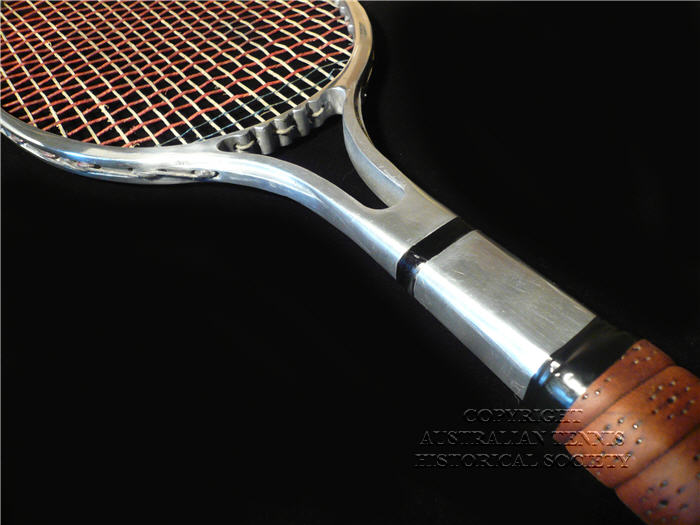
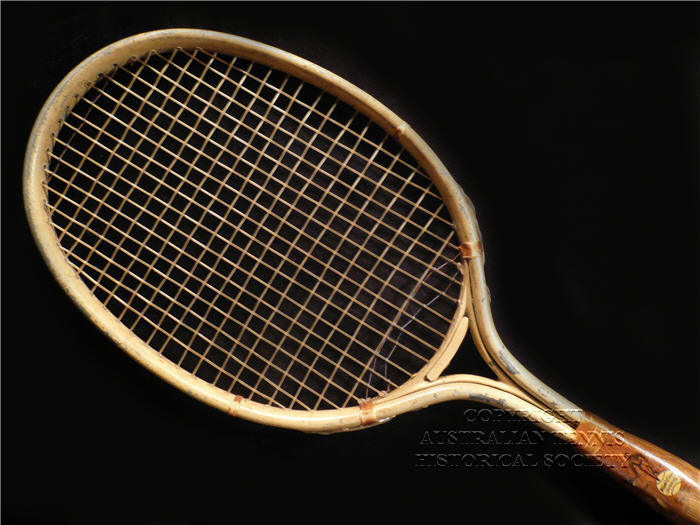
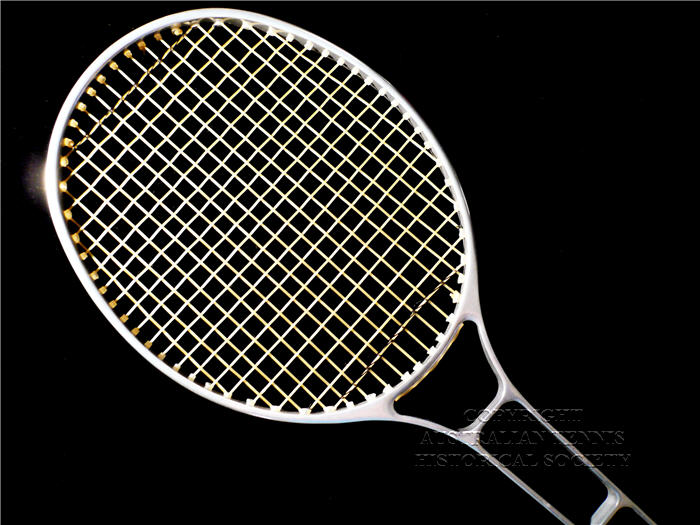
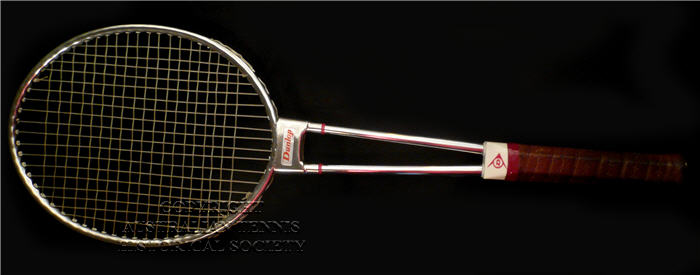
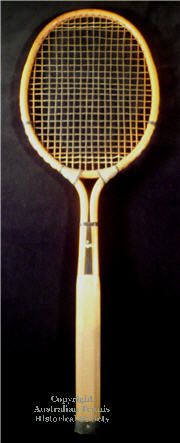
You must log in to post a comment.